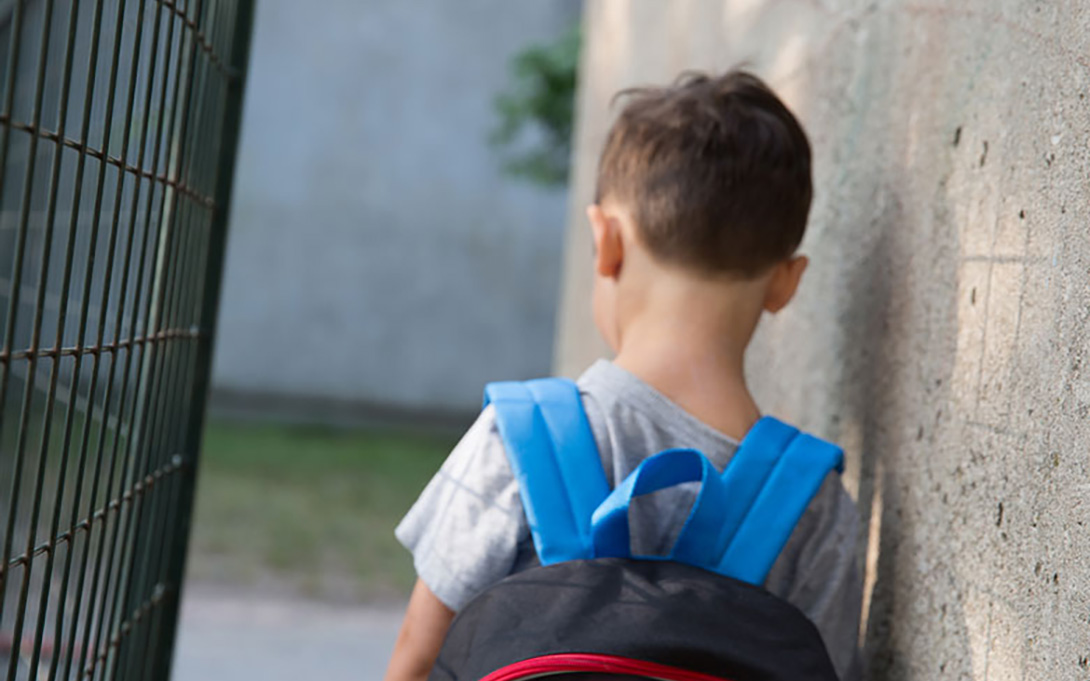
Child Maltreatment and Academic Performance
In recent years, policymakers have paid increasing attention to the many ways in which factors beyond school influence a child’s educational outcomes. Indeed, recent research finds that the “poverty” achievement gap—that is, the difference in academic achievement between poor and non-poor children— has grown faster than the racial achievement gap. But there is less widespread recognition of the severe traumas that children can face, including homelessness, domestic violence, parental drug abuse, neglect, and physical or sexual abuse.

Key findings
- Approximately 18% of Michigan third graders have been formally investigated by Child Protective Services (CPS) for possible exposure to maltreatment.
- Across Michigan, some student groups are more likely to be investigated by CPS for suspected child maltreatment.
- Early childhood maltreatment is associated with signifcantly lower academic outcomes, even after we control for school, neighborhood, race, and other key demographics.
- Referral rates vary dramatically across districts, and even across schools within the same district. It is not unusual for one-third of students in high-poverty schools to have been investigated for abuse or neglect.
- While poorer school districts have higher rates of maltreatment investigations, there are important exceptions to this pattern.
